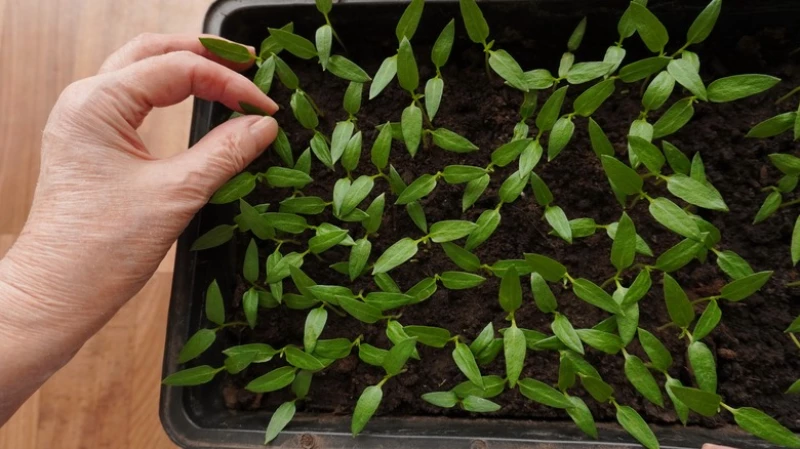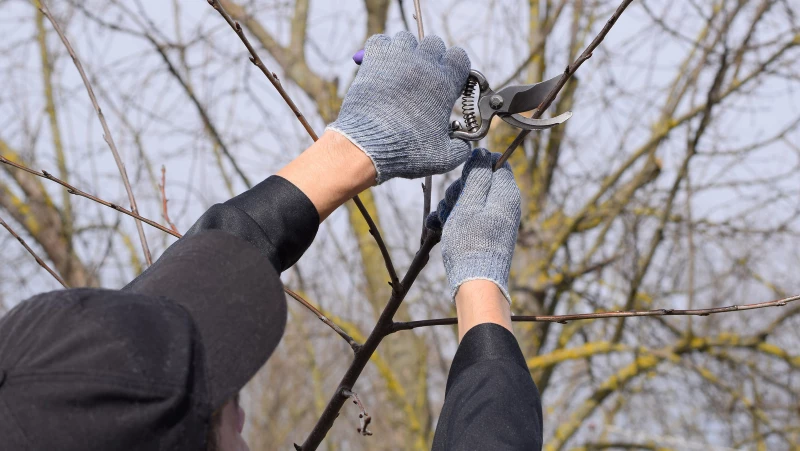Thinning is not just about hair or patience. It is a crucial aspect of gardening that contributes to the health and growth of your plants. By selectively removing excess or weaker plants, such as seedlings, you allow the stronger ones to thrive without intense competition. This practice can lead to a more bountiful harvest in your vegetable garden. The concept is simple: by reducing the density of plants, you provide more resources like sunlight, water, airflow, and nutrients to the remaining plants.
Benefits of Properly Thinning Your Plants
Thinning your plants is not just about removing excess growth; it's a strategic technique that can benefit the overall health and vitality of your garden. While seedlings are often thinned to promote the growth of healthy new plants, thinning can also be used on established plants like shrubs that have become quite dense and might suffer simply from having too much overgrowth. At the same time, with fewer branches, those you saved can receive more sunlight, which can foster better growth. It might seem counterintuitive to cut several limbs off a plant to help it thrive, but it will benefit them in the long run.
Most importantly, thinning promotes better air circulation around the branches and leaves of the remaining parts of the plant. Airflow is crucial because it can prevent some pests from seeking refuge among the foliage and discourage moisture buildup, which is known to promote fungal infections. So, by thinning out your plants properly, you might prevent diseases from pests, fungi, viruses, and bacteria.
Which plants benefit from thinning?

If you're considering thinning seedlings, one plant that greatly benefits from this practice is tomatoes. Starting tomato seeds in peat pots is a popular choice. Once the seedlings have sprouted and grown a bit, thinning them out becomes crucial to reduce competition for resources. This allows the plants to establish strong root systems and sturdy stems. Wait until the seedlings have developed their first true leaves before thinning. Simply snip off the weaker seedlings at the base of the soil. When it's time to transplant, follow the spacing recommendations for your specific tomato variety.
For more established plants like shrubs, thinning is key for proper growth. Thinning helps individual or neighboring plants mature without overcrowding, allowing for better airflow and access to sunlight. This, in turn, helps prevent diseases. The ideal time to thin shrubs is during late winter or early spring while the plant is dormant. Start by removing dead, damaged, or diseased branches. Then, prune away inward-growing or crossing branches to maintain the shrub's natural shape while enhancing its overall appearance.
When it comes to maintaining the health and beauty of your garden, one shrub that benefits from regular thinning is the lilac. By thinning out this fragrant and colorful plant, you can improve its overall health, appearance, and blooming capacity. This process helps to increase airflow and sunlight exposure, ultimately promoting more abundant and vibrant flowers while reducing the risk of diseases.
Unlike some other shrubs, lilacs actually thrive when they are thinned during their growing season. It is recommended to thin your lilac bush after it has finished flowering, as the buds for the following year will begin to develop before the dormant season. Waiting until winter or spring to thin the bush can result in a reduction of blooms. During the thinning process, be sure to remove any damaged, diseased, or dead branches. Additionally, use clean shears to trim away any crossing branches or branches that are growing inward to open up the canopy.








